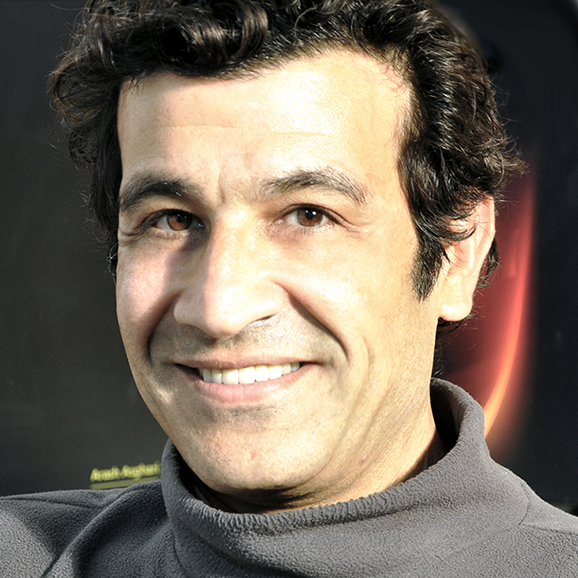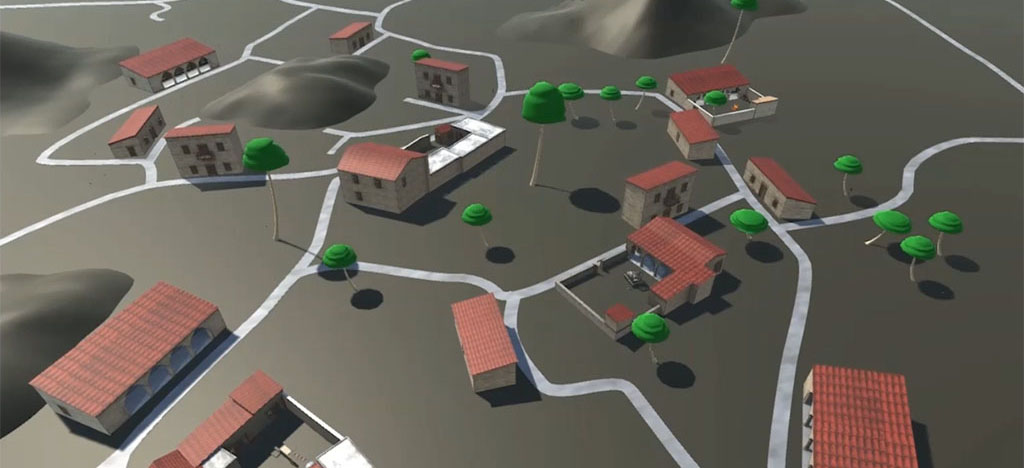Comparision of Locomotion Techniques in a VR CAVE
Navigation in VR - An Evaluation of CAVE Locomotion
A CAVE (CAVE Automatic Virtual Environment) is an immersive display in which a user can stand in. Basically, a small room with rear-projected walls.
Although users can walk within the confines of the CAVE, if they want to traverse large distances they have to use a joystick or controll device. The question is then what motion control paradigm is the best to use. For example, a user can simply press a button and forward in the direction in which they are looking. Or, they can use the tracked controller to point in the direction in which they want to move through the environment. Which of these two methods is better in terms of allowing cognitive function (memory, wayfinding, navigation) to procede naturally? We tested this by designing an experiment in which participants were given a start location (shown on a map) and a destination, and then procede to the destination while we recorded their movements, timing, and the errors that they made enroute.
We found that the pointing method produced better results and appeared more natural. These results were not replicated with a HMD as the display device (see our HMD article). The following video demonstrates the task using Unity3D's NavMesh AI pathfinding algorithm.

